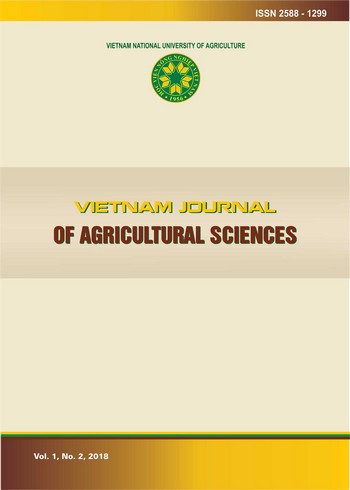Establishment of Reciprocal Micrografting of Tomato (Solanum lycopersicum L.) and Eggplant (Solanum melongena L.)
Abstract
Micrografting can be used as a key tool to investigate gene-function, long-distance signal transduction, or metabolite movement in different developmental and physiological stages. In plant production, plant grafting can be applied to improve productivity and/or increase the tolerance of plants to stresses. Here, we describe a simple and high efficiency protocol for reciprocal micrografting of tomato (Solanum lycopersicum L.) and eggplant (Solanum melongena L.). Tomato and eggplant seeds can be disinfected with 0.5% Presept for 20 min before germinating on MS media. Seedlings of 5-day-old tomatoes and 15-day-old eggplants were suitable for preparation of scions and rootstocks. Scions were cut into 0.5-1 cm lengths for micrografting. Sucrose levels greatly influenced the graft success rate of all graft combinations including of self- and reciprocal micrografting between tomato and eggplant. While self-grafted tomatoes or eggplants required 20 g L-1 sucrose to get the highest grafting success rate (72% for tomato and 100% for eggplant), reciprocal micrografting of tomato/eggplant and eggplant/tomato reached the highest success rate (83%) on MS medium supplemented with 30 g L-1 sucrose. Grafted plants should be cultured under the illumination conditions of a 16 h light/8 h dark cycle for optimal growth and quality.
điểm /
đánh giá
Published
2019-09-30
Issue
Section
ENGINEERING AND TECHNOLOGY

